Forza Motorsport Review: A Solid Reboot Strictly for the Racers
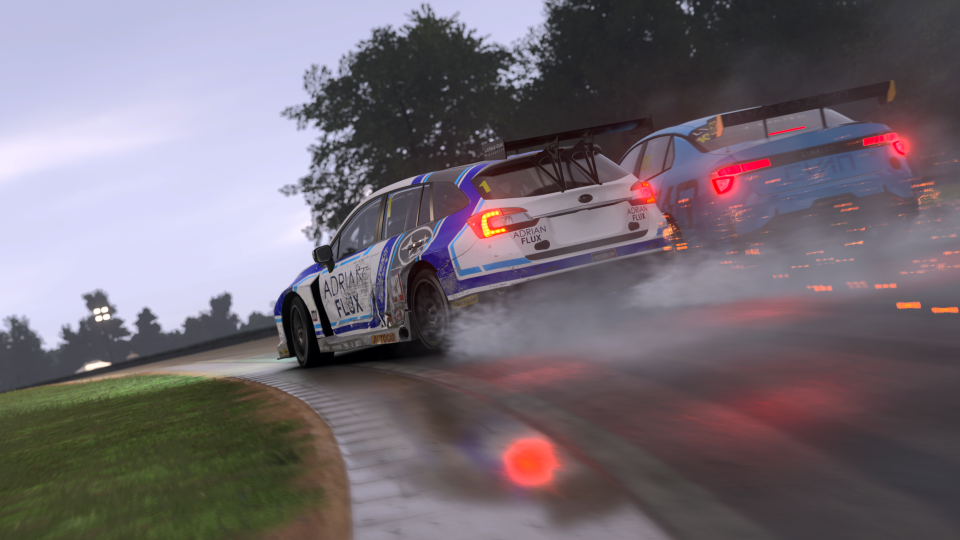
The folks at Microsoft’s Turn 10 Studios have been releasing racing simulators under the Forza Motorsport name for almost 20 years now. In its earliest days, the franchise was Xbox’s answer to Gran Turismo, founded on promising players the ability to do and experience things Sony’s product never had, like personalization and car damage. But times have changed, and after a rather aimless trajectory through the last generation of consoles, Turn 10’s done some necessary soul searching.
The result is another sequel with the very same name as the first, though it’s immediately clear upon starting off in the new Forza Motorsport, sans number, that no entry in this series has ever embodied its title more than this one. Forza Motorsport is laser-focused on the pursuit of self-improvement, and through it, victory. It’s rigidly defined by its conviction in how it should be played, and, in the words of the game’s creators, helping you "unlock your fastest self." If that prospect excites you, this Motorsport reboot is well worth its six-year wait. Alternatively, if you’d rather just enjoy the journey for itself and not the destination, you’d best head for the horizon.
Forza Motorsport Specs | |
|---|---|
Back to Basics
In fairness to Turn 10, it’s not like the team ever sold the Forza Motorsport reboot as anything other than a platform for sim racing. Over the Xbox One’s tenure, this franchise languished while Forza Horizon’s ambitions flourished. Given the nature of modern triple-A game development and all the time and resources it entails, coupled with the ever-extending length of each console cycle, there was clearly little value in keeping with the every-other-year cadence that Motorsport had historically been so loyal to. The fastest-growing sim racing experiences on PC are service-type games; it only made sense for Microsoft's to evolve in kind.
And so 2023’s Forza Motorsport has been designed to be extensible first and foremost, with additional cars, tracks and challenges entering the fray all the time. Turn 10 has promised that the Builders Cup, the game’s single player campaign, will be anything but static, gaining new and limited-time events. And the new Featured Multiplayer mode pulls a few pages from the likes of iRacing and Gran Turismo, with scheduled races pooling players of comparable skill levels and safety ratings together. There’s no question of priorities here; Turn 10 knows exactly what a modern sim racer needs to do.
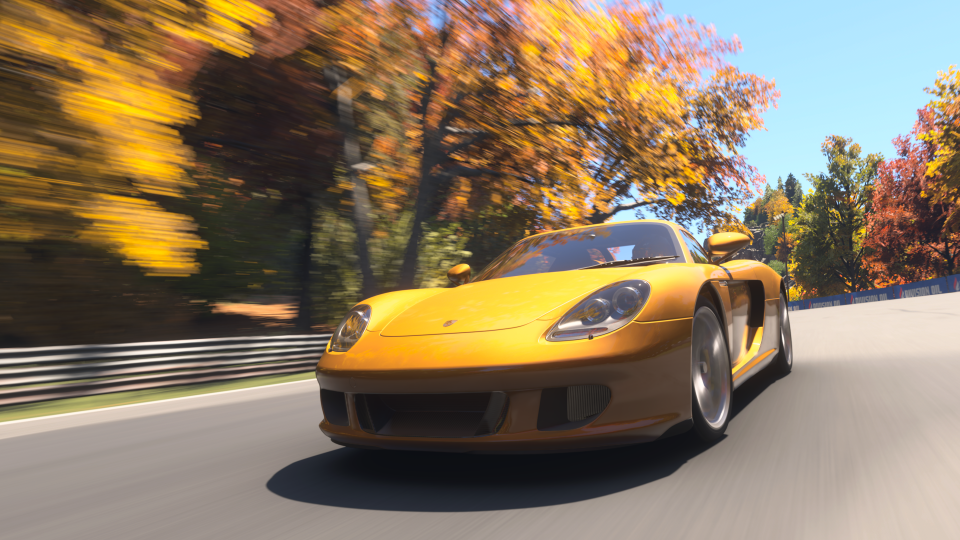
The big question, then, is down to execution. Forza Motorsport arrives with the promise of overhauled physics, that bedrock of a successful simulation. The tire model is the linchpin in that effort, now polling data from eight points of the tire’s contact patch rather than one, at six times the frequency of Forza Motorsport 7. It’s resulted in a driving experience that is certainly more natural, and allows for a far greater breadth in car behavior than I can ever personally recall in a Forza game.
Take, for example, the introduction to the Builders Cup. This short, three-race championship lets new players choose between mainstays of the last generation of accessible performance: the FK8 Honda Civic Type R, VA Subaru WRX STI S209 and S550 Ford Mustang GT. (Why Turn 10 couldn’t or didn’t implement the latest versions of each of those nameplates I cannot say, though that’s a subject we’ll return to later.)
To be frank, I didn’t enjoy driving any of these cars. The Civic Type R was easily the most capable of the three but undramatic; the WRX was totally gutless and understeery; and the Mustang, while definitely the most fun of the trio, tended to lumber in between bouts of tire-shredding tomfoolery.
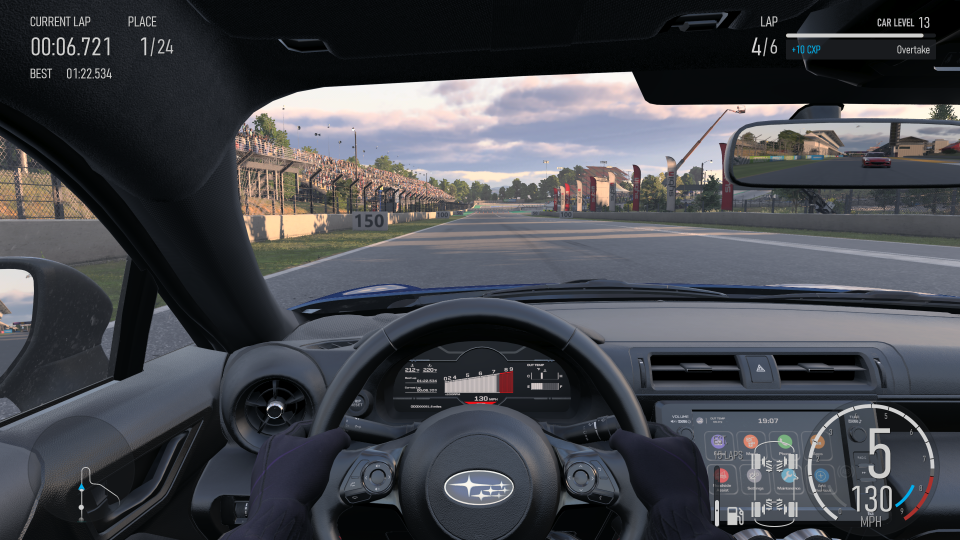
But then in another championship, I sat myself in a new Subaru BRZ, and the game came alive. Much like the real thing, that car encourages you to go through corners in the least optimal way possible, and yet strangely, you never really regret it. I also fell in love with a Civic Type R Pirelli World Challenge TCR touring car, which was perfectly dialed in for the pseudo-historic version of Laguna Seca that the developers thoughtfully included in this game.
So no, not every car will be an enjoyable drive in Forza Motorsport; but then not every car is in real life, either. The game’s aim is to help you find that handful of cars that you sense that telepathic connection with, which is where the Builders Cup comes into play.
Level, Build, Dominate
Oh, the Builders Cup. This rather experimental new career mode has generated a lot of controversy amongst the Forza faithful, because of Turn 10’s audacity to charge in-game credits for cars and deliberately slow the pace of upgrades. It’s almost like this is a video game or something. Look, if you want an entirely open sandbox that removes any and all friction on the way to hitting the Mulsanne Straight in a Jaguar Group C prototype, there are at least three other games that can effortlessly satisfy that urge. Motorsport’s cause is to foster a journey of growth with your vehicles, and in this instant-gratification-obsessed genre, I reckon that’s a noble one.
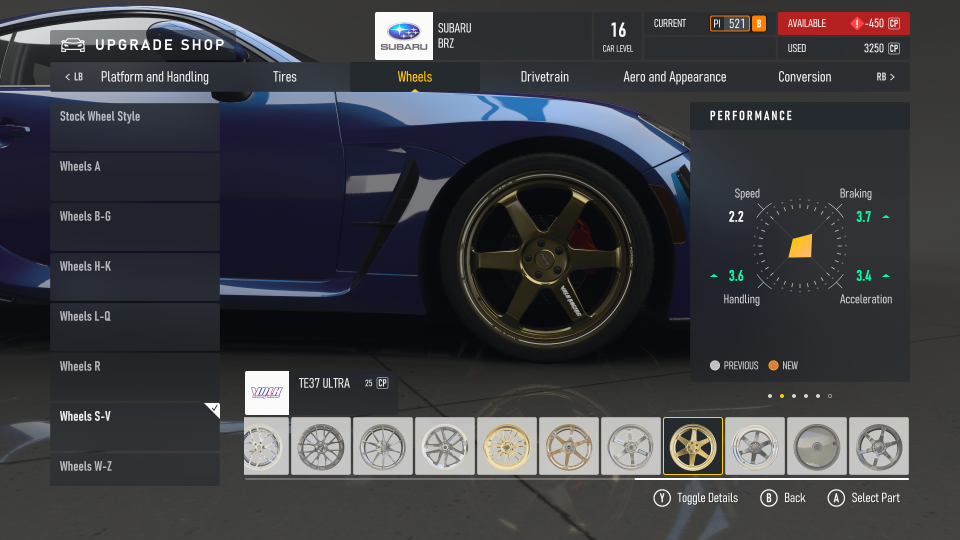
The only issue is, I’m not entirely sure Builders Cup satisfies its objective. The new Motorsport breaks out the currency to upgrade cars from the currency used to buy them. That upgrade currency, called Car Points, is collected on a per-vehicle basis and is earned from hitting your marks in practice. In between each championship’s practice and race pairing, you’ll have the opportunity to go back to the garage and improve your build with the points you recently earned.
It’s a fun little loop, but the problem is that at a certain point it can feel a tad monotonous, especially if you’re looking to quickly build a car for multiplayer competition. By the end of an hour-long series of events with the same car, you still won’t have gained access to every mod you might desire to make your ride truly yours, because those only become available at certain Driver XP levels. That build might be incomplete, and it’s unlikely that the next stop in the Cup will have you driving it again.
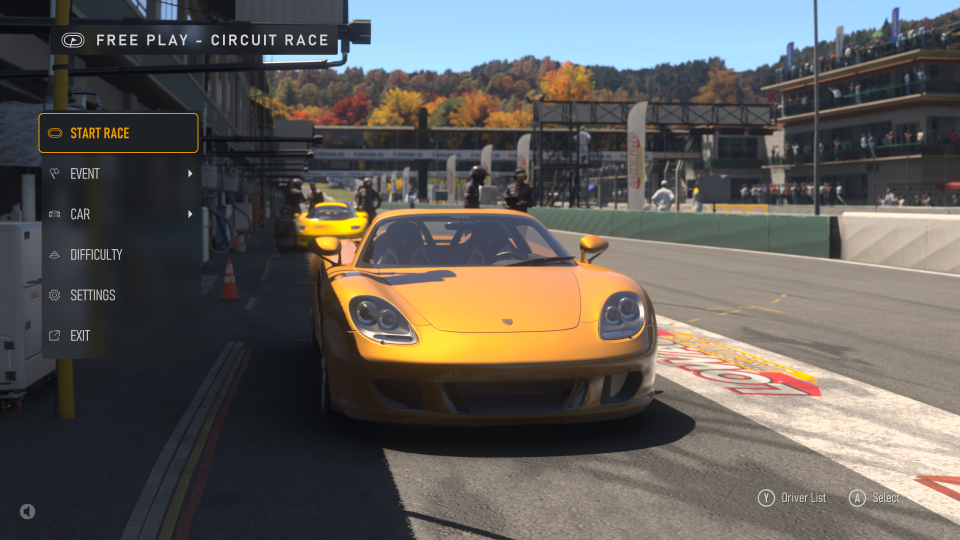

 Yahoo Autos
Yahoo Autos 